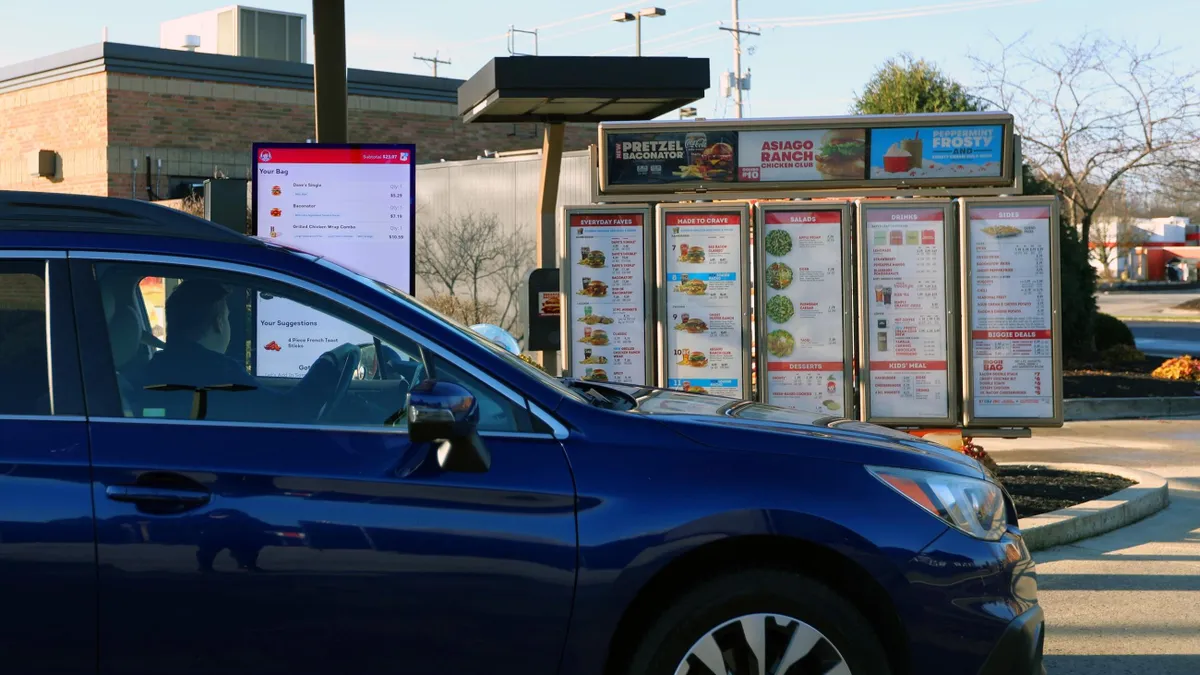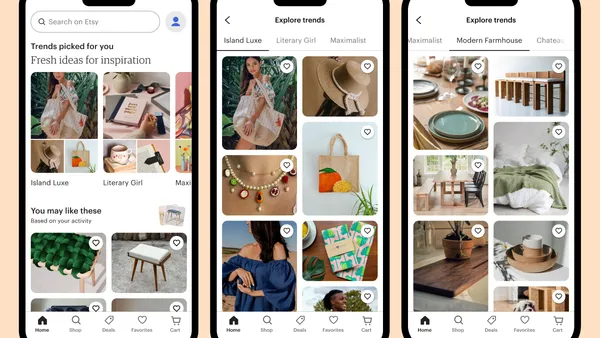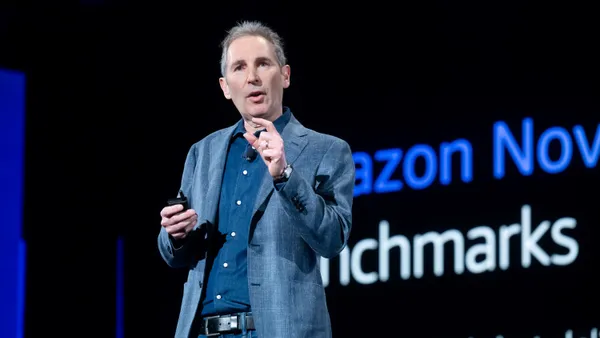Dive Brief:
- Wendy’s plans to expand its Wendy’s Fresh AI platform, which is currently active in four company restaurant drive-thrus in Columbus, Ohio, Wendys’ SVP and Global Chief Technology Officer Matt Spessard wrote Monday in a blog post.
- More restaurants are slated to add the AI chatbots to the drive-thru channel, and Wendy’s said it will offer franchisees the opportunity to pilot the technology in 2024 following ongoing interest from operators.
- Wendy’s began piloting this program — a partnership with Google Cloud — in May to provide a tool that could understand customer customizations and respond to their common questions.
Dive Insight:
A growing number of QSRs have shown interest in generative AI as labor-saving technology that can improve the customer experience.
McDonald’s said last week that it partnered with Google Cloud to create cloud-based analytics across thousands of restaurants and develop AI. McDonald’s plans to add edge servers managed by Google Cloud on premise for faster analytics and enhancements to customer platforms, such as its mobile app and self-service kiosks. Restaurants will also have access to cloud-based analytics and AI onsite. Domino’s partnered with Microsoft earlier this year to use generative AI to improve the ordering experience and restaurant operations, with a pilot expected in the coming months.
Wendy’s plans to expand FreshAI into additional channels to improve the employee and customer experiences, as well.
“This could include integrating AI with the Wendy’s app, in-restaurant kiosks, mobile devices, smart home devices and more with a multi-channel approach to provide the best experience for our fans — however they choose to order,” Spessard said.
Adding AI to its digital channels could help Wendy’s grow this part of the business, which made up over 12% of sales during the third quarter. Wendy’s CEO Todd Pennegor said in November during the company’s earnings call. The company also has grown its loyalty program to 35 million and monthly active users grew 40% to 5 million quarter-over-quarter.
Wendy’s FreshAI uses generative AI that generates responses and adapts in real-time versus following a specific set of rules, Spessard said, adding that with “more than 200 billion ways to order Dave’s Double, leveraging generative AI is a crucial piece of innovating the Wendy’s drive-thru experience for customers.”
So far, one of the chain’s test sites yielded service times that were 22 seconds faster than the rest of the Columbus market average. The technology allows staff to focus on preparing and completing orders with quality and speed. Accuracy has also improved. Wendy’s FreshAI has seen a success rate of nearly 99%, defining accuracy as an order that is started by the chatbot and submitted to the point-of-sales system even if a human had to join the conversation to fix an inaccuracy.
“Our accuracy during the pilot, measured as the percentage of orders successfully handled by Wendy’s FreshAI without restaurant team member intervention, averaged 86% and we would expect the average to only to increase,” Spessard said.
Accuracy of drive-thru AI has come into question of late, especially after Presto Automation said in an SEC filing that about 70% of its orders require human intervention. Presto has partnered with Del Taco, CKE and Checkers & Rally’s in recent years. As its technology improves, Presto expects that number of orders not needing human intervention will reach 30% or better, improving to 70% by the end of 2024. The company said it plans to have its technology installed in 2,610 stores by 2025.














